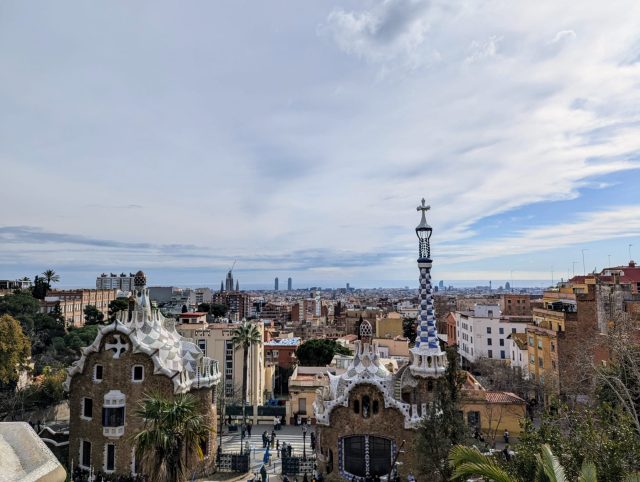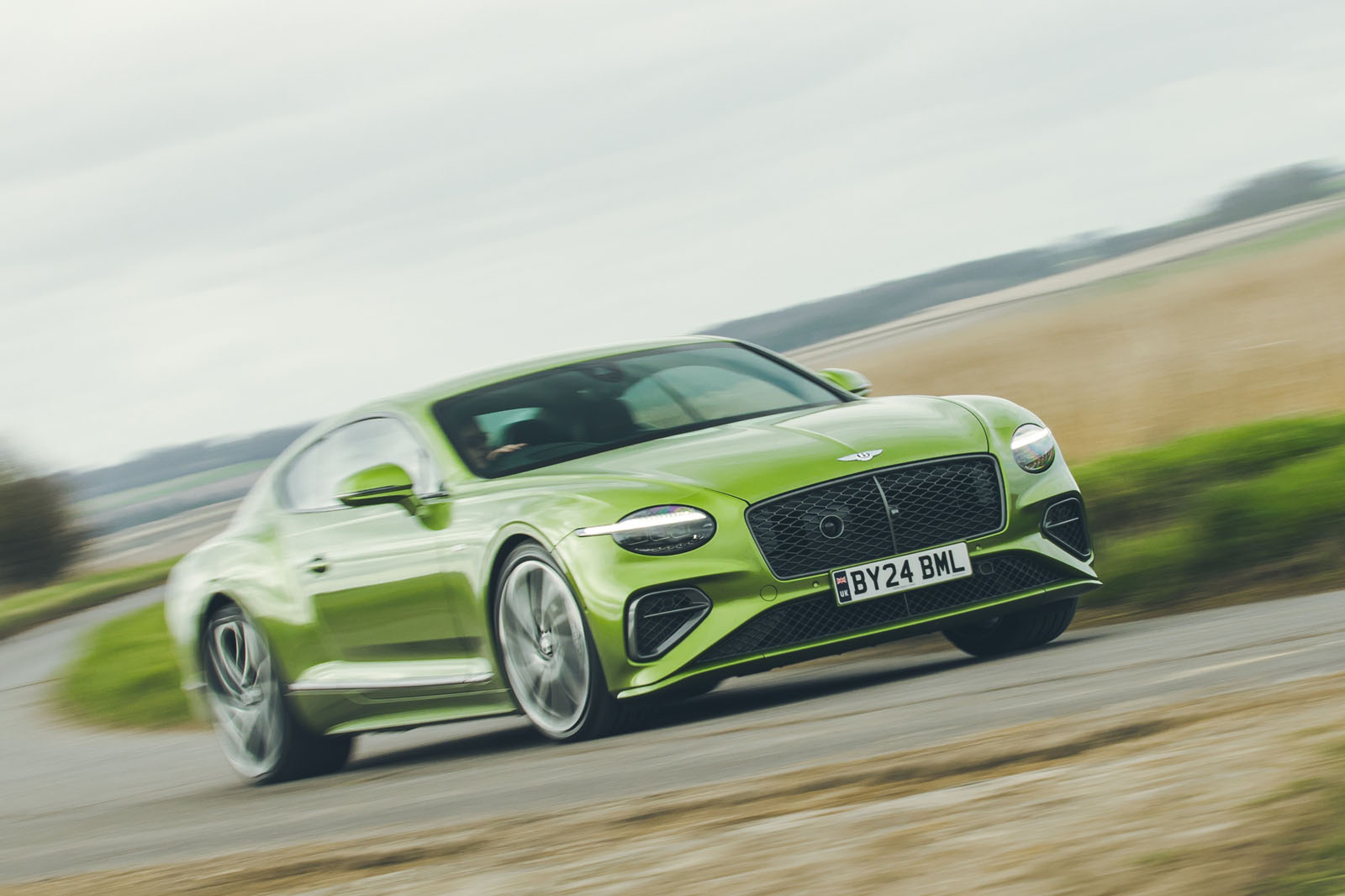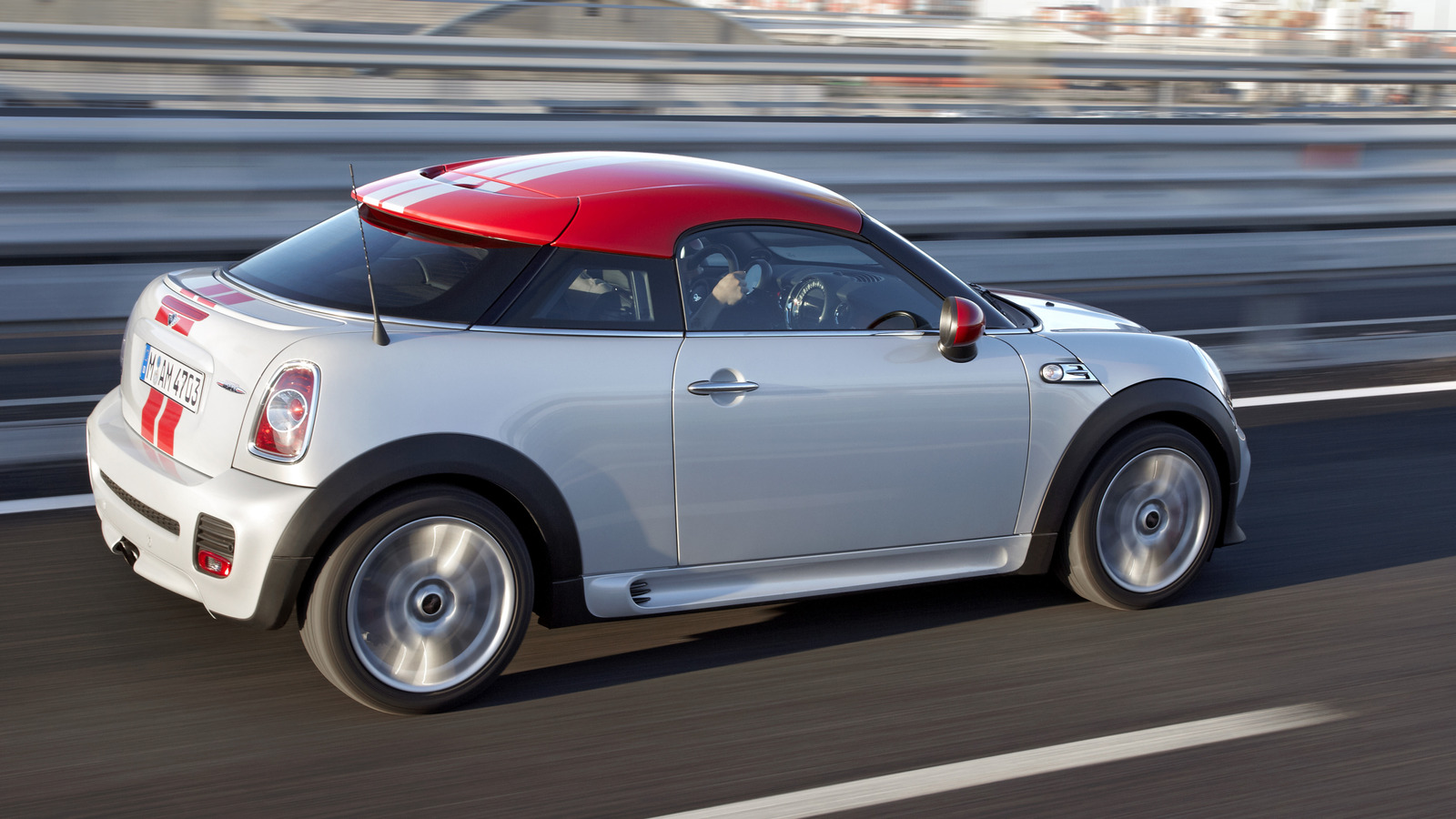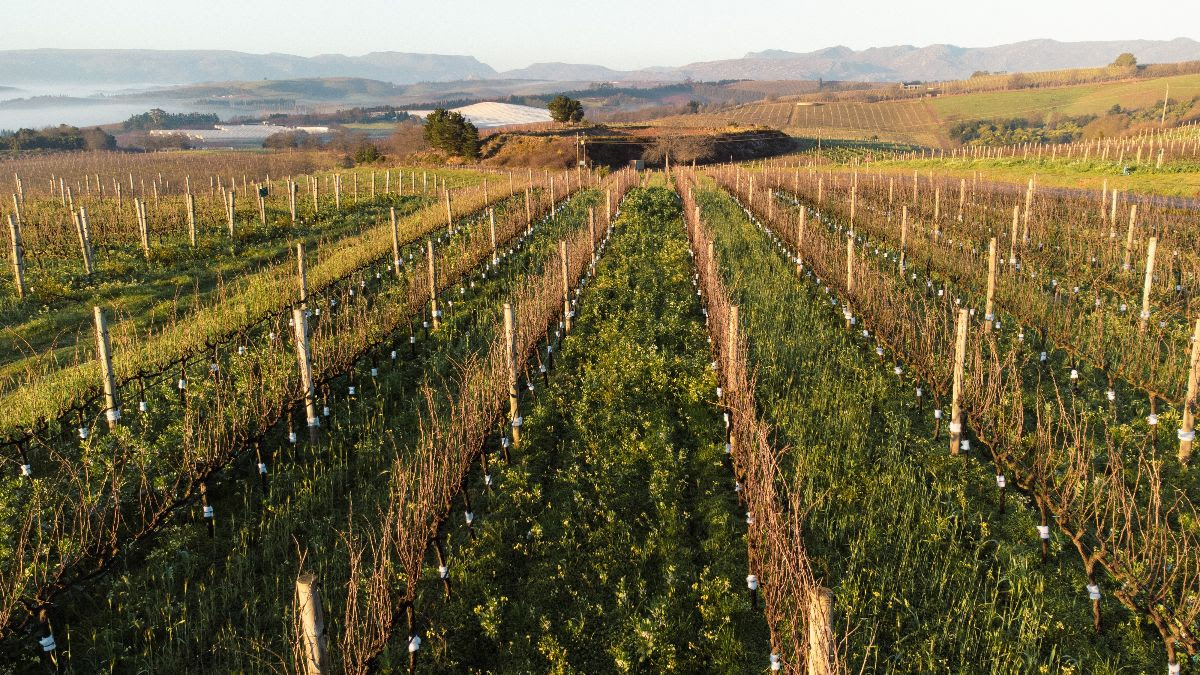Barcelona Wine Week 2025 in review
To find out why Barcelona Wine Week has become a must-attend for the trade, db spoke to Javier Pagès, president of BWW and of DO Cava, about the event’s role in shaping the future of Spanish wine. The post Barcelona Wine Week 2025 in review appeared first on The Drinks Business.

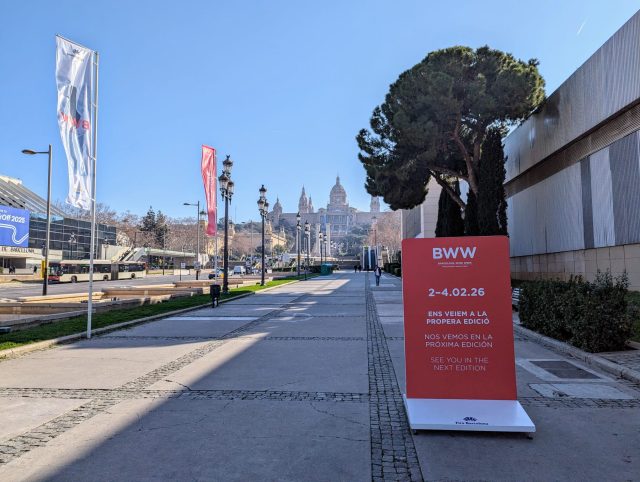 This year’s event delivered on all fronts, with 1,266 exhibitors and a growing international presence, BWW 2025 was the biggest yet. To find out why this fair has become a must-attend for the trade, db spoke to Javier Pagès, president of Barcelona Wine Week and of DO Cava, about the event’s role in shaping the future of Spanish wine.
This year’s event delivered on all fronts, with 1,266 exhibitors and a growing international presence, BWW 2025 was the biggest yet. To find out why this fair has become a must-attend for the trade, db spoke to Javier Pagès, president of Barcelona Wine Week and of DO Cava, about the event’s role in shaping the future of Spanish wine.
A bigger and bolder BWW
“BWW has become a key event for the international wine industry due to its strategic focus on business, innovation and market expansion. The continuous growth is a testament to the trust the industry places in BWW as a premier platform for Spanish wines. Factors like increasing global interest in Spanish wine, strong international buyer attendance, and a programme designed to facilitate business and knowledge exchange have contributed to this expansion,” Pagès told db. Expanding into two pavilions for the first time, this year’s fair saw a 30% increase in exhibitor numbers, with nearly 25,700 professional visitors — 20% of whom hailed from international markets. More than 13,000 business meetings took place, with key buyers from major export destinations, including the UK, US, and Asia.Facilitating global expansion
“We are committed to increasing Spanish wine’s footprint in global markets through strategic collaborations, trade delegations and focused events within BWW. This year, we had tailored programmes for buyers from the UK, US, and Asia, including guided tastings, market insights and exclusive networking opportunities. The aim is to bridge the gap between producers and key international distributors, ensuring Spanish wines continue to gain recognition abroad,” said Pagès. This tailored approach has proved effective, with over 770 key international importers attending. The UK remains a major focus, despite post-Brexit logistical challenges. “Spanish wineries have adapted by streamlining export processes, ensuring compliance with new regulations, and, in some cases, establishing partnerships with UK-based importers to facilitate smoother distribution. “BWW has also supported the industry by fostering direct connections between Spanish producers and UK buyers, providing a platform for dialogue, education and business negotiations,” Pagès added.
Climate change and the future of Spanish wine
Spain’s wine industry is no stranger to climate challenges, and with persistent drought conditions affecting production, sustainability was a major theme at BWW 2025. “The Spanish wine sector is continuously investing in sustainability with wineries implementing regenerative viticulture, water-efficient irrigation systems and adopting indigenous grape varieties better suited to dry conditions. Many producers are also investing in technology to optimise resource use while maintaining quality,” Pagès explained. At the forefront of these discussions was DO Cava, where producers are adapting with smarter irrigation and grape variety selection. “Ensuring the long-term sustainability of Spanish wine production requires a multifaceted approach. One important measure is vineyard spacing — wider spacing between vines decreases competition for water, reducing the need for irrigation. Another strategy is the careful selection of grape varieties. “Some native varieties, such as Xarel·lo, Macabeo, and Parellada, are naturally more resistant to drought conditions,” said Pagès. He continued: “Modern irrigation techniques, particularly optimised drip irrigation systems, are being widely adopted. Advanced soil moisture sensors placed at various depths relay real-time data to computer systems, allowing for precise, automated irrigation only when necessary.”Riding the white wine wave and low-alcohol trends
Consumer preferences are shifting, and Spanish producers are adapting to the demand for both white wines and low-alcohol options. “Spanish wines are increasingly appearing in UK restaurants, allowing shifting consumer perceptions. As these wines become more visible in premium dining establishments, they gain credibility and recognition for their diversity and high quality,” said Pagès. The low-alcohol wine trend, driven by health-conscious consumers, was also a hot topic. “Consumer preferences in the UK are shifting towards lower-alcohol and non-alcoholic wines, driven by health-conscious trends. Spanish wineries, particularly larger producers with diversified portfolios, have responded by introducing low-alcohol and zero-alcohol wines. While smaller boutique wineries focused on terroir-driven wines may not prioritize this segment, the trend is undeniable.”